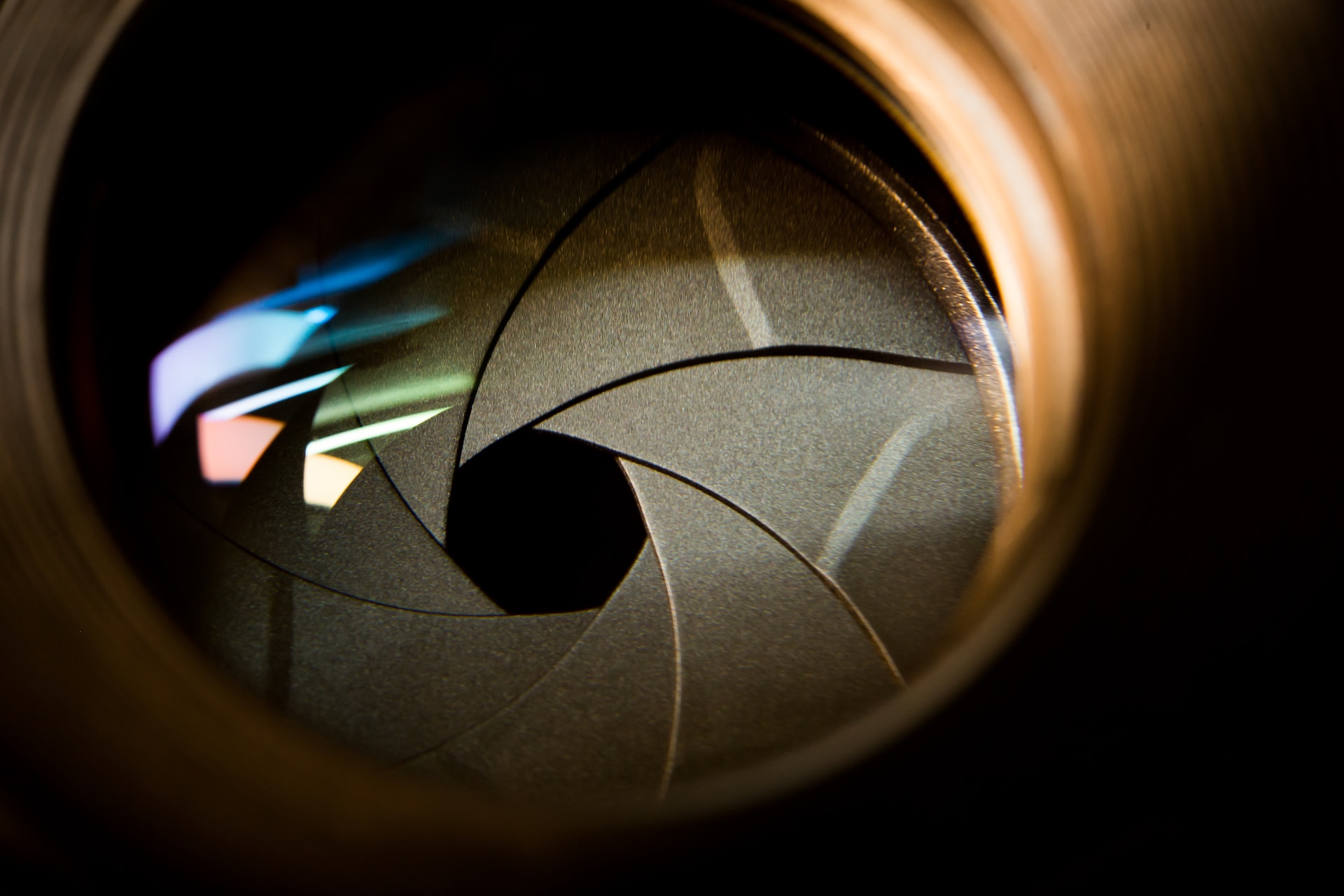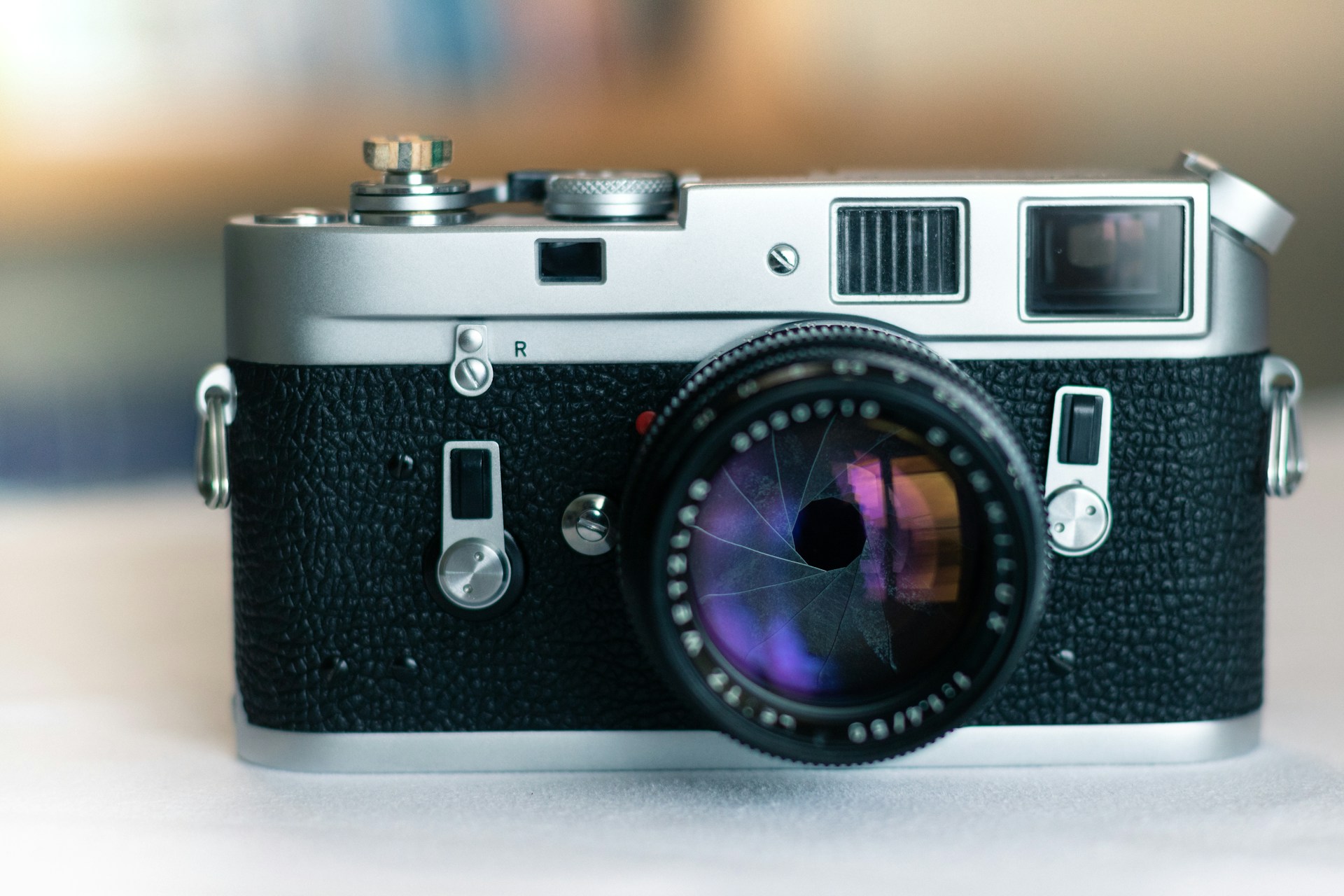In the intricate dance of light and shadow, two critical players in the realm of photography are the T-stop and F-stop. Understanding these concepts is not just about technical proficiency; it’s about harnessing the power of light to transform a mere shot into a masterpiece. This article embarks on a journey to demystify these terms, shedding light on their significance and how they shape the art and science of photography.
Understanding Aperture in Photography
At the heart of photography lies the aperture, a gateway through which light travels to hit the camera’s sensor. It’s the eye of the camera, and its size, controlled by the F-stop or T-stop, directly influences the amount of light that enters, as well as the depth of field of the photographs.

The Basics of F-stop
The F-stop refers to the ratio of the lens’s focal length to the diameter of the aperture. Changing the F-stop adjusts the aperture size, thereby altering the depth of field and the amount of light that reaches the sensor. It’s the key to balancing the fine line between a sharply focused subject and a beautifully blurred background.
Imagine you’re playing with a water hose in your garden. The water coming out of the hose is like the light that goes into a camera. Now, imagine you can twist the nozzle of the hose to change how much water comes out. If you open it a lot, lots of water comes out, but if you open it just a little, only a little water comes out.
In photography, the F-stop is like that nozzle for the camera’s lens. It controls how much light gets into the camera. If the F-stop number is small, like f/2, it means the opening is big, and lots of light comes in. But if the number is big, like f/16, the opening is small, and only a little bit of light comes in.
So, just like you control the water with the nozzle, photographers control the light with the F-stop to make sure their pictures are not too bright or too dark, but just right!
The Basics of T-stop
While F-stop calculates the theoretical aperture size, T-stop, or transmission stop, measures the actual amount of light that passes through the lens. This figure is crucial, especially in the world of cinema and video, where precise lighting is paramount.
Simple example: Imagine your camera is like a window and the light outside is like sunshine coming in. Now, your camera has curtains (which are like the lens), and you can open or close these curtains to decide how much sunshine you want to let in.
In photography, a “T-number” is like a special ruler that tells you exactly how much sunshine is coming through the curtains and reaching inside the room. Even if you have thick curtains that don’t let much light through, or thin curtains that let a lot of light in, the T-number helps you know just how bright it will be inside.
So, when a photographer talks about the T-number, they are really talking about how much light gets through the lens and reaches the camera to make the picture bright enough. Just like you’d adjust the curtains to make the room brighter or darker, photographers adjust the T-number to make their pictures look just right!
Advanced example: In the realm of advanced photography and optical science, a T-number (or T-stop) represents a quantified evaluation of the actual light transmission through a photographic lens, factoring in not just the geometric aperture but also the light loss induced by the optical elements within the lens assembly.
Unlike the F-number, which is a theoretical construct based on the ratio of the lens’s focal length to the diameter of the entrance pupil (assuming idealized, lossless conditions), the T-number provides a more empirical and accurate measurement. It takes into account the attenuation of light as it traverses the lens elements, caused by reflection, refraction, and absorption – phenomena well-documented in the field of optical physics.
In practice, the T-number is paramount, especially in fields such as cinematography where exposure consistency is non-negotiable across varying lighting conditions and lens configurations. Utilizing the T-number allows for the standardization of exposure regardless of the lens in use, thereby ensuring that the luminance uniformity is maintained across different shots or scenes – a critical factor in maintaining visual continuity in a cinematic sequence.
The T-number is calculated by measuring the illuminance at the focal plane of a uniformly illuminated lens and is a testament to the intricate interplay between optical design, material science, and the physics of light propagation. As a result, lenses with lower T-numbers are generally more complex, incorporating high-quality, low-dispersion glass, and advanced anti-reflective coatings to mitigate the intrinsic light loss, thus ensuring superior light transmission efficiency.
F-stop vs. T-stop: The Technical Differences
While they may seem similar, F-stop and T-stop cater to different needs. F-stop is about the aperture’s size, while T-stop considers the light actually reaching the camera’s sensor. This distinction is vital for photographers and videographers aiming for precise exposure, especially in scenarios with variable lighting conditions.
Practical Applications in Photography
F-stop and T-stop are both terms that relate to the aperture of a lens and how much light is allowed to enter the camera, but they are measured and used in slightly different ways, each affecting the final image uniquely.
F-stop (F-number):
- Measurement:
- F-stop is a ratio calculated by dividing the focal length of the lens by the diameter of the aperture (the opening through which light passes). For example, if a 100mm lens has an aperture diameter of 50mm, the F-stop is f/2.
- The scale is mathematical, where each full stop (e.g., f/2 to f/2.8) represents a halving or doubling of light. However, it’s a theoretical measurement that doesn’t account for the light actually lost when passing through the lens elements.
- Tools:
- Cameras and lenses are inherently designed to control and measure F-stop. The aperture blades inside the lens create the variable opening, and the camera settings allow you to adjust and view the current F-stop.
- Effect on the Final Image:
- Depth of Field: Lower F-stops (wider apertures) decrease the depth of field, making the background blurrier, which is great for portraits. Higher F-stops (narrower apertures) increase depth of field, keeping more of the image in focus, ideal for landscapes.
- Exposure: Lower F-stops allow more light to hit the sensor, brightening the image. Higher F-stops reduce light, darkening the image.
T-stop (Transmission-stop):
- Measurement:
- T-stop is a direct measurement of the actual light that passes through the lens and reaches the camera sensor. It factors in not just the aperture size but also the light loss due to the lens elements, coatings, and glass quality.
- It’s particularly useful in cinematography where consistent exposure is critical across different lenses and lighting conditions. A T1.5 lens will let in the same amount of light as another T1.5 lens, regardless of brand or design differences.
- Tools:
- Light meters and other photometric devices are used in lens calibration to measure the light transmission accurately and assign a T-stop value. These are typically used in professional settings during lens manufacturing or testing.
- Effect on the Final Image:
- Exposure Consistency: T-stop provides a more accurate and consistent measure of exposure, especially important in film production where shots taken with different lenses or at different times must match in exposure.
- Precision in Low Light: T-stops give a more accurate understanding of how much light is reaching the sensor, crucial in low-light situations where precision is key to avoiding underexposure.
In summary, while F-stop is more about the theoretical aperture size and is used widely in photography for controlling depth of field and exposure, T-stop is about the actual light transmission, ensuring consistent and precise exposure levels across different lenses, crucial in professional video and film production.
When to Use F-stop
Use F-stop when depth of field is your canvas, and light your paint. It’s ideal for landscapes where you want every detail etched in clarity or for portraits where the subject is in sharp focus against a soft, dreamy background.
When to Use T-stop
T-stop comes into play when consistency is key. In the world of video, where light is the director of emotions, T-stop ensures that every frame maintains the same exposure, preserving the visual continuity and mood of the scene.
Tips for Mastering Both
Mastering T-stop and F-stop is about practice and intuition. It’s about understanding the interplay of light, lens, and life. Experiment, observe, and learn how subtle changes in these settings can lead to profound impacts on your final image.
Common Misconceptions and Clarifications
Despite their fundamental role, myths about T-stop and F-stop abound. It’s crucial to separate fact from fiction to harness their full potential. Know that a lower F-stop number means a larger aperture, and T-stop values are not interchangeable with F-stop values.
Myth vs. Reality in Aperture Settings
One common myth is that T-stop and F-stop can be used interchangeably. The reality is that while they are related, they serve different purposes and are used in different contexts. Understanding this distinction is key to mastering the art of photography and cinematography.
Conclusion
In the grand tapestry of photography, T-stop and F-stop are more than mere technical terms. They are the tools that, when used with skill and insight, can bring a vision to life. Whether you’re a budding photographer or a seasoned professional, understanding the difference and interplay between T-stop and F-stop is your gateway to capturing not just images, but stories and emotions.
FAQs
- What is the primary difference between T-stop and F-stop? T-stop measures the actual light transmission through the lens, while F-stop calculates the theoretical aperture size based on the lens’s focal length and aperture diameter.
- When should I prioritize T-stop over F-stop? Prioritize T-stop in video production and scenarios where consistent exposure is crucial across different shots or scenes.
- Can I use T-stop settings on any camera? T-stop settings are typically found on cinema lenses and are used primarily in video production rather than still photography.
- Does a lower F-stop number mean more or less light entering the camera? A lower F-stop number means a larger aperture, allowing more light to enter the camera.
- How do T-stop and F-stop settings affect depth of field? While F-stop directly influences depth of field by controlling the aperture size, T-stop does not affect depth of field but ensures consistent light exposure across the aperture settings.
